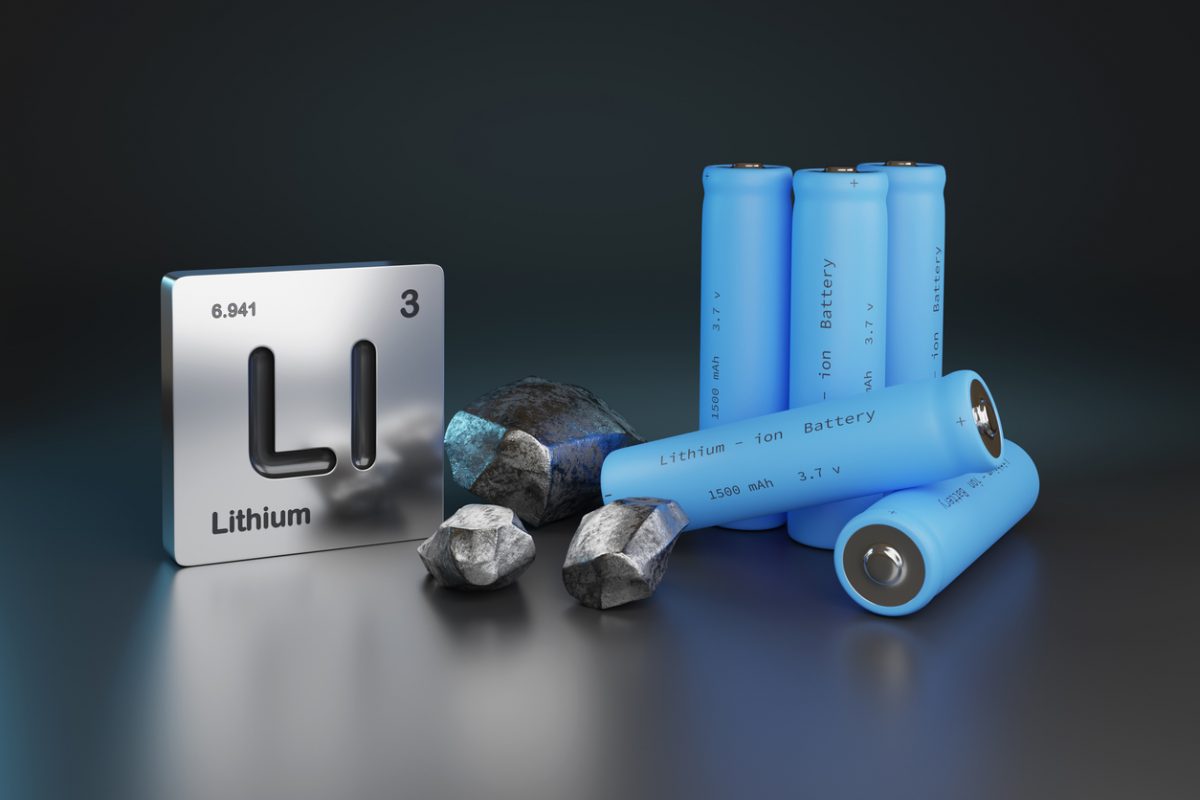Prices of Lithium, nickel, and cobalt down year-on-year.
Lithium, nickel, and cobalt are important metals used in batteries of electric vehicles (EVs). The expansion of EV adoption in recent years has pushed prices to new heights in 2022. These prices have since come down, partly in a drastic fashion. Data from commodity price reporting agency Fastmarkets and consulting agency Argus Media shows lithium has lost over 70 percent from its height of $81 per kilogram in December 2022 to $21 now. While nickel and cobalt have not dropped as much as lithium, they have also been struck with a 40 and 20 percent year-on-year decline, respectively, graphs by the London Metals Exchange show. News agency Bloomberg cites two analysts familiar with the commodities markets saying that battery metals have been hit by oversupply amidst a slowing of EV sales and an increase in production volume. While EV sales are still growing overall, the market is slowing down, including the largest market, China, according to the newest Electric Vehicle Sales Review (PDF) by the analyst firm PricewaterhouseCoopers.
While a slowing down of the increase in demand is one reason for the price decline, on the supply side, the output of the battery metals has expanded more quickly than anticipated, Bloomberg reports further. However, with resource-rich countries announcing export bans on raw materials to keep downstream processing within their borders to profit more from their natural wealth, prices for battery metals also hold some upside risks. Nickel producer Indonesia banned the export of raw ores of the battery metal to attract foreign investment in its downstream processing industry. It extended this also to other raw materials such as bauxite. Similarly, South African country Namibia has also banned the export of unprocessed raw materials. The country has reserves of the battery metals nickel and lithium but also rare earths, which are important components for EV motors, for example. This twofold development between supply and demand could influence prices in the future and keep prices volatile.
Photo: iStock/jroballo


